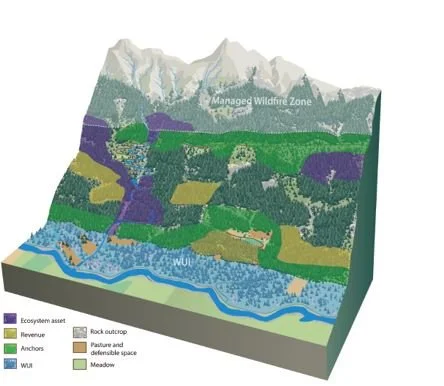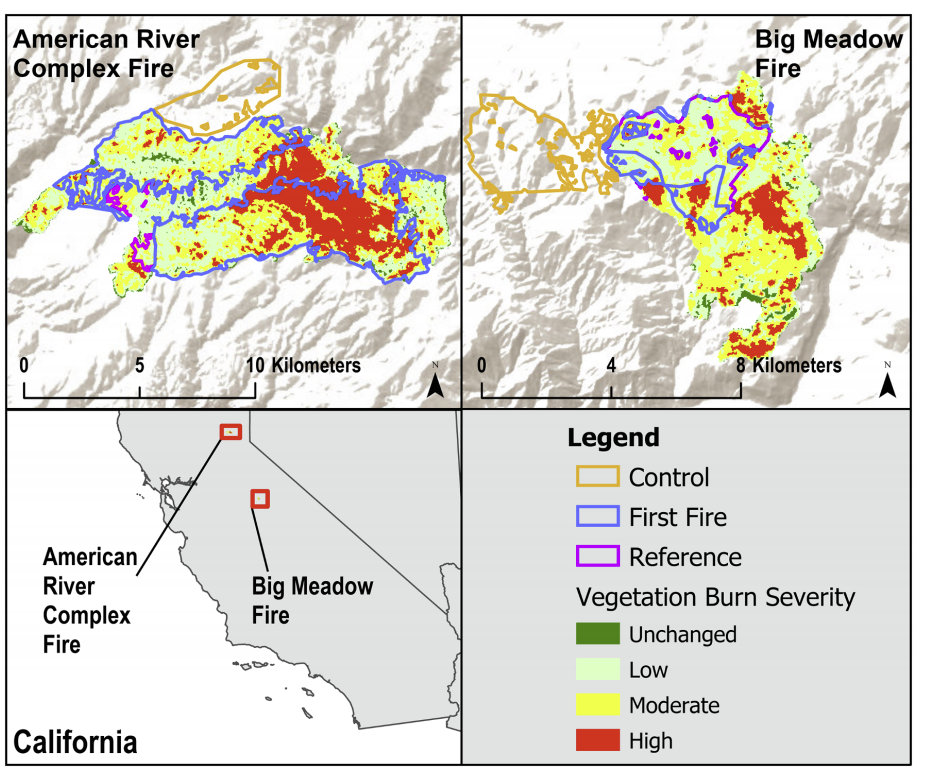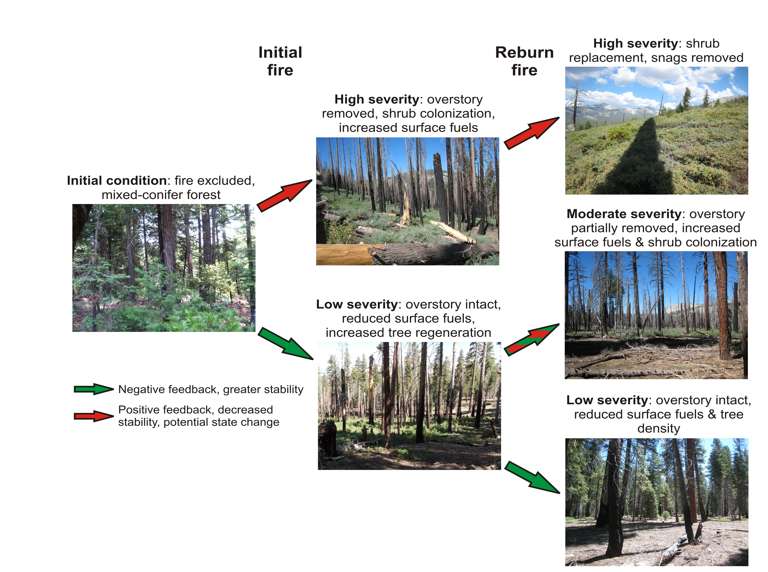Managing fuel profiles in high severity burns: Research Brief
/This study measured wildland fuels (shrubs, downed logs, and fine woody debris) eleven years after high-severity fire converted a Sierra mixed-conifer forest to shrub-dominant vegetation. The findings of this study suggest that site preparation and vegetation control is an effective tool to reduce fuel loads and continuity of live and downed woody fuels in early seral environments created by high-severity fire.
Read More















